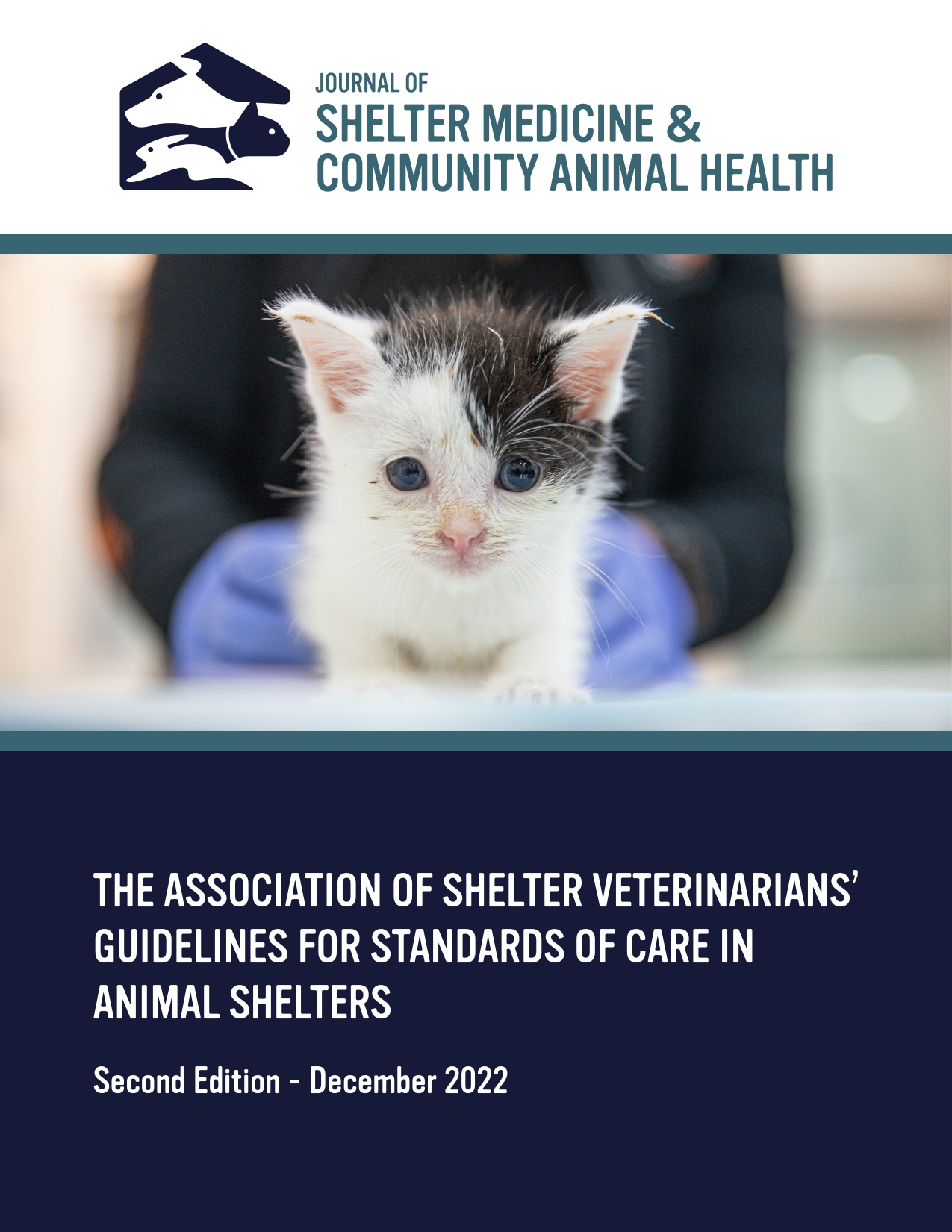Evaluation of Autoligation of the Spermatic Cord for Castration of Small Adult Dogs
DOI:
https://doi.org/10.56771/jsmcah.v4.127Keywords:
canine, dog, castration, neuter, orchiectomy, autoligation, spermatic cordAbstract
Introduction: Traditionally, when performing a canine castration, the spermatic cord is double ligated prior to removing the testicles. Double ligation with suture is thought to prevent hemorrhagic complications and has been considered necessary to prevent morbidity and mortality when performing these procedures. A relatively new technique has emerged where the spermatic cord is ligated on itself, or autoligated, in a manner similar to the way that feline spermatic cords are ligated when performing cat neuters. The purpose of this study was to evaluate the rate of complications across a large number of dogs whose spermatic cords were autoligated rather than double ligated with suture. At the time of the study there was no peer-reviewed publication of this scale providing information about post-operative complications that could result from using this specific technique.
Methods: This case series included 215 shelter-owned dogs that underwent autoligation of the spermatic cord during routine open castration. Inclusion criteria included age of 5 months or older and body weight of 25 lbs (11.4 kg) or less. Age was obtained from records, when available, or estimated based on size, breed, and dentition. The primary outcome measure was defined as hemorrhage from the testicular pedicle, as the primary potential complication that would be expected from a novel or unproven ligation method. Thus, patients were monitored for intraoperative hemorrhage, postoperative bleeding, or development of a scrotal hematoma. Incisional bruising was also found but not attributed to bleeding from the testicular pedicle unless noticed to be overtly greater than what is observed with traditional canine castration surgery.
Results: There were no intraoperative hemorrhage-related complications in any dog. In addition, none of the patients experienced postoperative bleeding nor did any patient develop a scrotal hematoma. Minor complications were all mild and self-limiting. These included peri-incisional bruising in 10/215 (4.7%) and scrotal bruising in 8/215 (3.7%) for an overall complication rate of 18/215 (8.4%). No dog required hospitalization or medical care related to any surgical complication.
Conclusion: No severe complications were seen in this case series of 215 patients. Calculating the upper limit of the 95% exact binomial confidence interval suggests a maximum risk of 1.7% that severe complications would be encountered in performing this procedure. Therefore, the results of this study indicate that autoligation of the spermatic cord is a safe technique when used in the open castration of adult dogs that weigh 25 pounds (11.4 kg) or less. Anecdotally, many shelter veterinarians report using this technique and this publication serves to establish the safety of this practice, particularly for those practicing in high-quality/high-volume spay and neuter operations.
Downloads
References
1. MacPhail C. Surgery of the reproductive and genital systems. In: Fossum TW, ed. Small Animal Surgery. 4th ed. St. Louis, MO: Elsevier Moby; 2013:794–795.
2. Miller KP, Rekers WL, DeTar LG, Blanchette JM, Milovancev M. Evaluation of sutureless scrotal castration for pediatric and juvenile dogs. J Am Vet Med Assoc. 2018;253(12):1589–1593. doi: 10.2460/javma.253.12.1589
3. ASPCA. High-Quality, High-Volume Spay/Neuter Surgical Techniques. Accessed Jan, 2025. https://www.aspcapro.org/sites/default/files/hqhvsn_surgical_techniques.pdf.
4. Van Goethem B. Orchiectomy. In: Griffon D, Harmaide A, eds. Complications in Small Animal Surgery. 2nd ed. Ames, IO: Wiley; 2016:528–532.
5. Adin CA. Complications of ovariohysterectomy and orchiectomy in companion animals. Vet Clin North Am Small Anim Pract. 2011;41:1023–1039. doi: 10.1016/j.cvsm.2011.05.004
6. Pollari FL, Bonnett BN, Bamsey SC, et al. Postoperative complications of elective surgeries in dogs and cats determined by examining electronic and paper medical records. J Am Vet Med Assoc. 1996;208:1882–1886. doi: 10.2460/javma.1996.208.11.1882
7. Kreisler RE, Shaver SL, Holmes JH. Outcomes of elective gonadectomy procedures performed on dogs and cats by veterinary students and shelter veterinarians in a shelter environment. J Am Vet Med Assoc. 2018;253(10):1294–1299. doi: 10.2460/javma.253.10.1294
8. Pollari FL, Bonnett BN. Evaluation of postoperative complications following elective surgeries of dogs and cats at private practices using computer records. Can Vet J. 1996;37:672–678.
9. Hamilton KH, Henderson ER, Toscano M, et al. Comparison of postoperative complications in healthy dogs undergoing open and closed orchidectomy. J Small Anim Pract. 2014;555:521–526. doi: 10.1111/jsap.12266
10. Miller KP, Rekers W, Ellis K, Ellingsen K, Milovancev M. Pedicle ties provide a rapid and safe method for feline ovariohysterectomy. J Feline Med Surg. 2016;18(2):160–164. doi: 10.1177/1098612X15576589
11. ASPCA. Spay/Neuter Training Reference Guide for Veterinarians. Accessed Jan, 2025. https://www.aspcapro.org/sites/default/files/wysiwyg-uploads/asna_spay_neuter_reference_guide_for_veterinarians.pdf.
12. Kim JI, Jeong SW. Evaluation of autoligation technique for castration in small breed dogs. J Vet Clin. 2020;37(2):75–81. doi: 10.17555/jvc.2020.04.37.2.75

Additional Files
Published
Issue
Section
License
Copyright (c) 2025 Kirk P. Miller, Wendi L. Rekers, Emily A. Ferrell, Margaret E. Wixson, Milan Milovancev

This work is licensed under a Creative Commons Attribution 4.0 International License.









